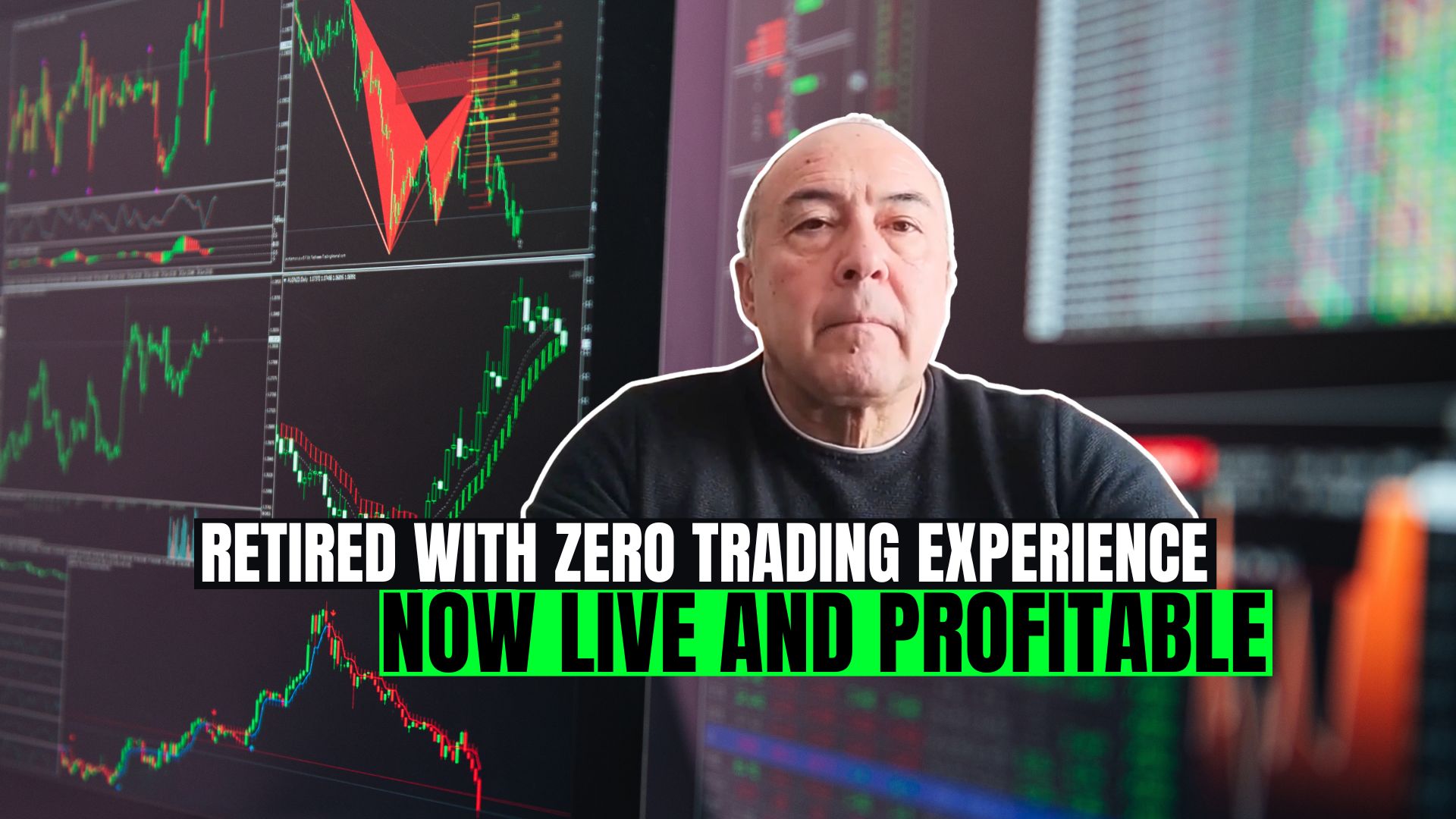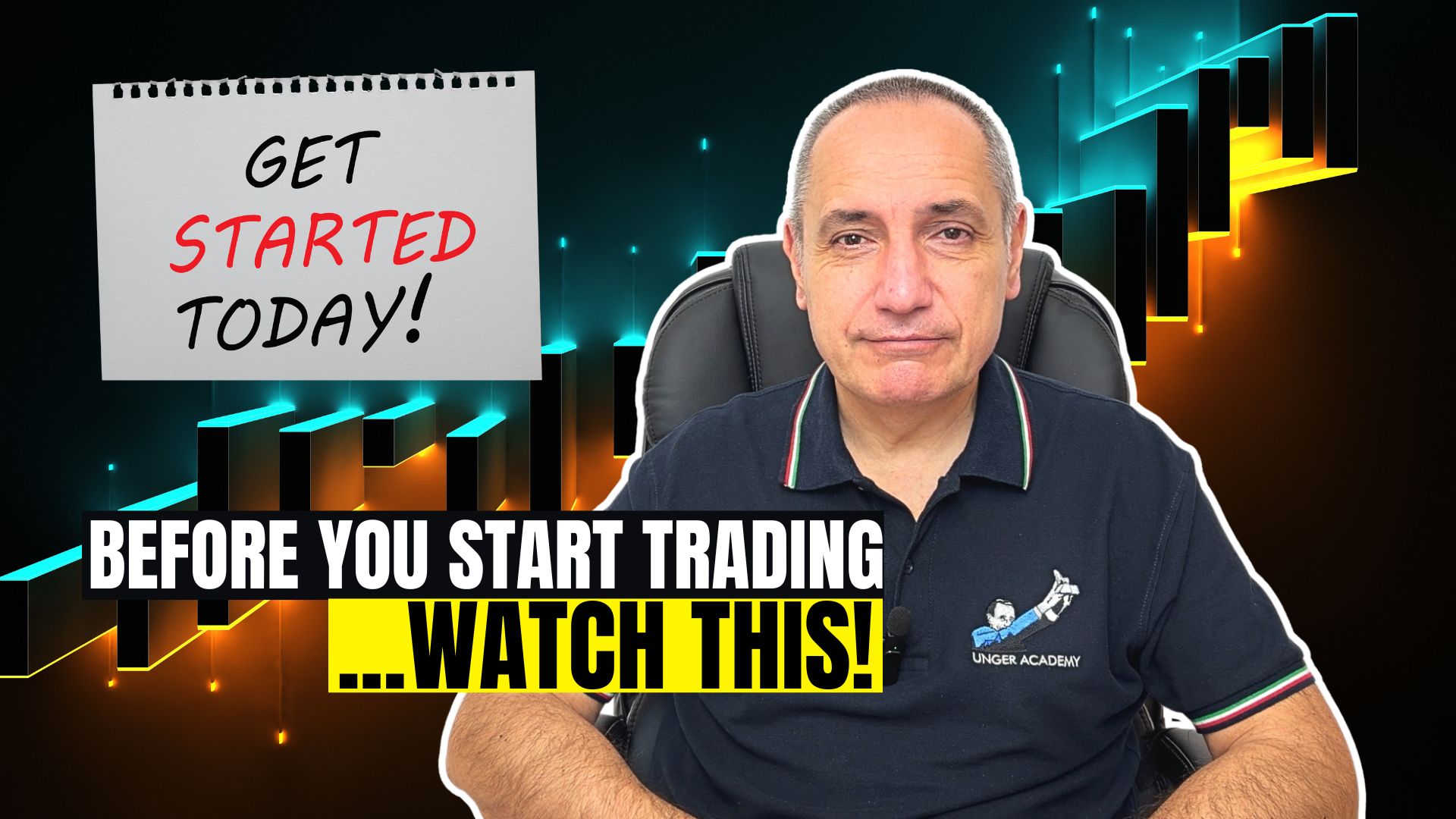Hi guys, hi from Andrea Unger! Today I’ll try to answer a common question: is it better to use a fixed-amount stop or a percentage stop loss in automated trading? Let’s see what I discovered in my tests.
Many traders wonder if it is better to use a fixed-amount or a percentage stop. Common sense suggests that the latter should be better, as it can be proportional to the price of the underlying. So, it seems that using a percentage stop is better, as it can adapt to the situation.
But is it really so? Let’s make a couple of examples. Suppose we are working on the EUR/USD Forex pair, and that there is a period when it quotes less than one and a period when it quotes 1.5. Obviously, there is a huge difference. Many traders claim that a percentage stop loss is better in this case, as it adapts to both situations.
This certainly makes sense and is very logical. However, what I discovered with my tests is a different reality. All the tests I run show that, in my strategies, a fixed-dollar stop works better than a percentage stop.
In fact, working on EUR/USD with a fixed stop of 60-70 pips (normally, I use 100 pips) produces overall results that are better than those that are produced when working with a percentage stop.
Let’s also see an example on the e-Mini S&P 500 future. In this case, a 14-point stop ($700) works better than a percentage stop, in spite of the fact that there was a period, about a decade ago, when the market was quoting less than 1.000 and that now it is close to 3.000.
So, it really seems that fixed-amount stops work better than percentage stops. Of course, there isn’t a specific explanation for these results, which certainly go against common sense.
I think traders all over the world have an easier life working with fixed amounts rather than percentages. Of course, I don’t mean they’re so stupid they can’t calculate percentages. I’m simply saying that they’re accustomed to a certain way of measuring and that this is reflected by the results we get with fixed-amount stops.
Going back to the EUR/USD Forex pair, you can get good results using a very common filter. Working on intraday, you can wait for the market – on the current session – to make at least a certain amount of pips from the high to the low of the day before taking action, because less than that would mean nothing. I discovered that 40 pips are normally a good compromise. So, you can simply wait until the market moves of at least 40 pips from the low of the day to the high of the day and then place your breakout orders.
In this case, too, common sense suggested that instead of using 40 pips, I could have achieved better results with a percentage value of the range or average range of the last session. So, I run some tests and found out that, actually, the fixed 40-pip value produced the best results.
To sum it up, the results of the tests I run show that fixed stops work better than percentage stops.
That’s all for today, see you next time!
Ciao from Andrea Unger!







